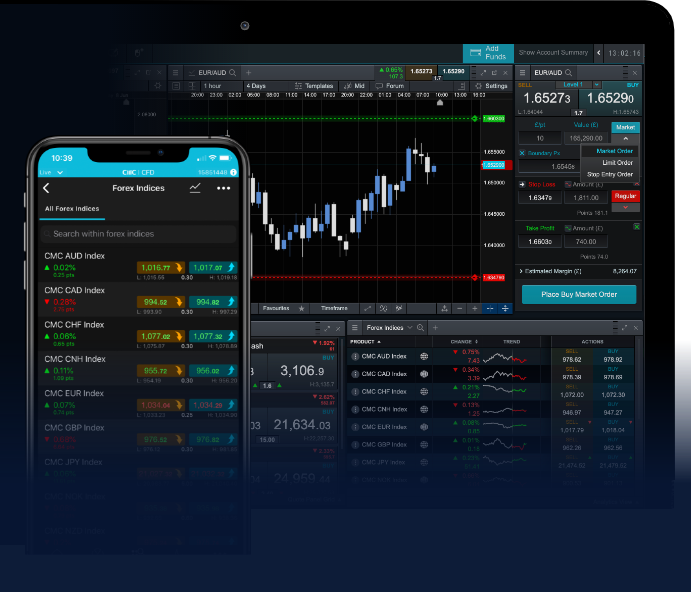
Forex trading operates around the clock, and understanding forex trading sessions time zones trading-vietnam.com the trading sessions is crucial for success. The forex market is divided into several trading sessions, each corresponding to the major financial centers around the world. Awareness of these sessions helps traders make informed decisions, maximize their opportunities, and enhance their trading strategies. This article dives deep into the different Forex trading sessions, their significance, and how they interact with time zones.
The Three Major Forex Trading Sessions
The forex market is primarily divided into three major trading sessions: the Asian session, the European session, and the North American session. Each session has unique characteristics and trading behavior influenced by the economic activities, market participants, and major financial events taking place during that time.
Asian Session
The Asian session, also known as the Tokyo session, runs from approximately 00:00 to 09:00 GMT. This session is characterized by lower volatility compared to the others, partially due to the lower trading volume, but it is still significant as it sets the tone for the trading day. Key characteristics include:
- Low Volatility: Economic news from the Asian region often results in smaller price fluctuations.
- Major Currency Pairs: Trading in this session typically involves pairs such as USD/JPY, AUD/USD, and NZD/USD.
- Influence from Major Economic Data Releases: Economic reports from Japan, China, and Australia can significantly impact currency prices.
European Session
The European session runs from approximately 07:00 to 16:00 GMT, overlapping the end of the Asian session and the beginning of the North American session. This is the most active and volatile trading session, often referred to as the ‘London session’ because London is a major financial center. Key features of this session include:
- High Volatility: The overlap of the Asian and European sessions leads to increased trading volume and price movement.
- Major Currency Pairs: This session features trading in pairs such as EUR/USD, GBP/USD, and USD/CHF, which are highly liquid.
- Significant Economic Data Releases: Important reports from Europe, including GDP, employment, and inflation data, affect currency valuations heavily.
North American Session
The North American session, also known as the New York session, begins at approximately 12:00 and runs until about 21:00 GMT. This session overlaps with the European session for a few hours, creating even higher volatility. Important aspects of this session include:
- High Trading Volume: The New York market is among the largest in the world, contributing significantly to forex activity.
- Major Currency Pairs: The USD/CAD and other dollar-based pairs are the primary focus during this session.
- Critical Economic Reports: U.S. data releases, such as employment reports and inflation indices, can drive substantial market movements.

The Impact of Time Zones on Forex Trading
Time zones are a critical aspect of forex trading given that the market operates 24 hours a day across different regions. Understanding the time zone differences can help traders identify the best times to trade, especially when volatility is expected to be higher. Here are some factors to consider:
Time Zone Overlaps
One of the most efficient strategies in forex trading is to take advantage of overlapping trading hours between sessions. When two major trading sessions overlap, liquidity and volatility tend to increase. For example:
- The overlap between the Asian and European sessions (07:00 to 09:00 GMT) offers good trading opportunities.
- The European and North American overlap (12:00 to 16:00 GMT) is the peak trading period with the highest volatility.
Choosing the Right Time to Trade
Traders should be analytical about when to enter and exit trades. Monitoring the economic calendar for news releases during each session helps in assessing when to trade. Here’s how traders can choose the right time:
- Consider Your Strategy: Day traders might prefer times of high volatility, while swing traders may focus on stability.
- Adjusting to Time Zones: Traders operating from different countries should adjust their trading schedule according to their local time.
- Watch for Economic Reports: Timing trades around major data releases can create opportunities for profit.
Conclusion
Understanding the different forex trading sessions and the associated time zones can significantly enhance your trading strategy. By aligning your trading activities with market volatility and major economic events, you can maximize your profit potential. Whether you prefer the calmness of the Asian session or the active trading of the European and North American sessions, being aware of these time zones will help you navigate the forex market effectively.
In summary, the forex market is not just about buying and selling currencies; it’s also about timing, understanding market dynamics across different time zones, and making informed decisions based on market behavior. As you develop your trading strategy, keep these sessions and their characteristics in mind to improve your trading outcomes.

